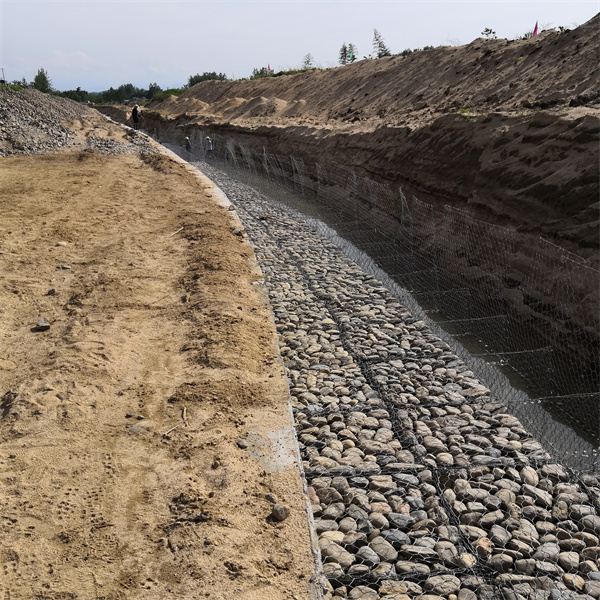11月 . 23, 2024 01:37 Back to list
gabion materials manufacturer
Exploring Gabion Materials and Their Impact on Modern Construction
Gabions, which are essentially wire mesh baskets filled with rocks or other materials, have become an integral part of modern construction, landscaping, and environmental protection. These versatile units serve various purposes, from erosion control and retaining walls to decorative elements in gardens and urban designs. The increasing popularity of gabion structures has led to a growing demand for gabion materials manufacturers who provide high-quality products tailored to diverse applications.
The primary material used in gabion construction is high-tensile steel wire, which is woven into mesh to create sturdy and durable enclosures. This wire is often galvanized or coated with PVC to increase its lifespan and resistance to corrosion. Manufacturers focus on producing mesh of different sizes and strengths, based on their intended use, which can range from low-impact landscaping projects to robust flood control systems.
One of the main advantages of using gabions is their environmental sustainability. Many gabion materials manufacturers emphasize the use of local stones or recycled materials for filling, promoting the reduction of transportation costs and carbon footprints. This eco-friendly approach aligns with current trends in construction that prioritize sustainability and the use of natural materials.
gabion materials manufacturer

In addition to sustainability, gabions provide excellent drainage capabilities. The open structure of gabions allows water to flow freely through the rocks, minimizing hydrostatic pressure and reducing the risk of failure in retaining wall applications. This characteristic makes gabions particularly effective for stabilizing slopes and preventing erosion along riverbanks or coastal areas.
Another aspect to consider is the aesthetic appeal of gabions. With a variety of filling materials available—ranging from natural stones to colored glass or even concrete—gabions can be customized to match the visual requirements of a project. Landscape architects and designers often incorporate gabions into their plans to create visually striking features that blend seamlessly with the surrounding environment.
As the demand for gabion systems continues to grow, manufacturers are also innovating in terms of design and functionality. Some companies are developing modular gabion systems that simplify installation and allow for greater flexibility in design. These innovations not only enhance the structural integrity of gabion projects but also improve labor efficiency, making them more appealing to contractors.
In conclusion, gabion materials manufacturers play a crucial role in the landscape of modern construction, driving innovations that prioritize sustainability, functionality, and aesthetics. As more builders and designers recognize the benefits of gabions, we can expect to see their use expand further across various sectors, from residential landscaping to large-scale civil engineering projects. The unique combination of durability, environmental benefits, and design flexibility ensures that gabions remain a favored choice for years to come.
-
Why PVC Coated Gabion Mattress Is the Best Solution for Long-Term Erosion Control
NewsMay.23,2025
-
Gabion Wire Mesh: The Reinforced Solution for Modern Construction and Landscape Design
NewsMay.23,2025
-
Gabion Wall: The Flexible, Seismic-Resistant Solution for Modern Landscaping and Construction
NewsMay.23,2025
-
Gabion Wall Solutions: The Durable, Decorative, and Affordable Choice for Every Landscape
NewsMay.23,2025
-
Gabion Basket: The Durable and Flexible Alternative to Traditional Retaining Walls
NewsMay.23,2025
-
Gabion Basket: The Proven Solution for Slope Stability and Flood Control
NewsMay.23,2025
-
Versatility of Chain Link Fence Gabion
NewsMay.13,2025






